当前位置:网站首页>Leetcode-543. Diameter of Binary Tree
Leetcode-543. Diameter of Binary Tree
2022-07-07 07:30:00 【Eistert】
subject
Given the root of a binary tree, return the length of the diameter of the tree.
The diameter of a binary tree is the length of the longest path between any two nodes in a tree. This path may or may not pass through the root.
The length of a path between two nodes is represented by the number of edges between them.
Example 1: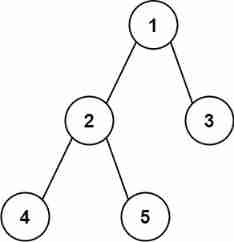
Input: root = [1,2,3,4,5]
Output: 3
Explanation: 3 is the length of the path [4,2,1,3] or [5,2,1,3].
Example 2:
Input: root = [1,2]
Output: 1
Constraints:
The number of nodes in the tree is in the range [1, 104].
-100 <= Node.val <= 100
solution
Method 1 : Depth-first search
First, we know that the length of a path is the number of nodes that the path passes through minus one , So find the diameter ( That is, find the maximum value of the path length ) Equivalent to finding the maximum number of nodes the path passes through minus one .
Any path can be regarded as starting from a node , From the stitching of the paths traversed downward by his left son and right son .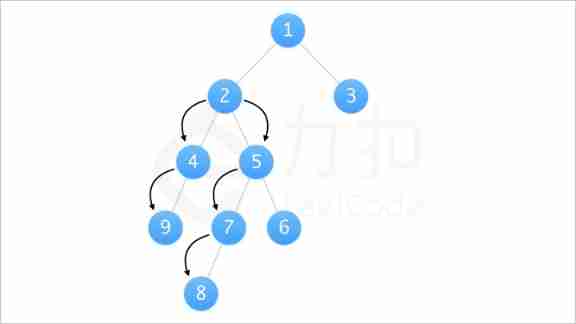
As shown in the figure, we can know the path [9, 4, 2, 5, 7, 8] Can be seen as 2 As a starting point , The path traversed down from his left son [2, 4, 9] And the path traversed down from his right son [2, 5, 7, 8] Spliced to get .
Suppose we know that the left son of the node traverses down the maximum number of nodes LL ( That is, the depth of the subtree with the left son as the root ) And its right son traverse down the maximum number of nodes R ( That is, the depth of the subtree with the right son as the root ), Then the maximum number of nodes that the path starting from this node passes through is L+R+1 .
We remember the nodes node The maximum number of nodes passed by the path as the starting point is node, Then the diameter of the binary tree is all the nodes node Minus one... From the maximum .
The final algorithm flow is : We define a recursive function depth(node) Calculation node, Function returns the depth of the subtree whose node is the root .
First, recursively call the left son and the right son to find the depth of the subtree with their roots LL and RR , Then the depth of the subtree whose node is the root is max(L,R)+1
Of this node d node The value is
L+R+1
Recursively search each node and set a global variable ans Record d node The maximum of , Finally back to ans-1 Is the diameter of the tree .
Code
/** * Definition for a binary tree node. * public class TreeNode { * int val; * TreeNode left; * TreeNode right; * TreeNode() {} * TreeNode(int val) { this.val = val; } * TreeNode(int val, TreeNode left, TreeNode right) { * this.val = val; * this.left = left; * this.right = right; * } * } */
class Solution {
int maxd = 0;
public int diameterOfBinaryTree(TreeNode root) {
getDepth(root);
return maxd;
}
public int getDepth(TreeNode node){
if(node == null){
return 0;
}
int L,R;
L = getDepth(node.left);
R = getDepth(node.right);
maxd = Math.max(L+R,maxd);
return Math.max(L,R) + 1;
}
}
Complexity analysis
Time complexity :O(N), among NN Is the number of nodes in the binary tree , That is, the time complexity of traversing a binary tree , Each node is accessed only once .
Spatial complexity :O(Height), among Height Is the height of the binary tree . Because the recursive function needs to allocate stack space for each layer of recursive function in the recursive process , So extra space is needed here, and that space depends on the depth of the recursion , The depth of recursion is obviously the height of binary tree , And each recursive call uses only constant variables , So the required space complexity is O(Height).
source
author :LeetCode-Solution
link :https://leetcode-cn.com/problems/diameter-of-binary-tree/solution/er-cha-shu-de-zhi-jing-by-leetcode-solution/
source : Power button (LeetCode)
The copyright belongs to the author . Commercial reprint please contact the author for authorization , Non-commercial reprint please indicate the source .
边栏推荐
- Cloud backup project
- Communication between non parent and child components
- Fullgc problem analysis and solution summary
- Asynchronous components and suspend (in real development)
- 深度学习花书+机器学习西瓜书电子版我找到了
- 选择商品属性弹框从底部弹出动画效果
- 基于Flask搭建个人网站
- Pass parent component to child component: props
- 07_ Handout on the essence and practical skills of text measurement and geometric transformation
- Dynamics CRM server deployment - restore database prompt: the database is in use
猜你喜欢

外包干了三年,废了...
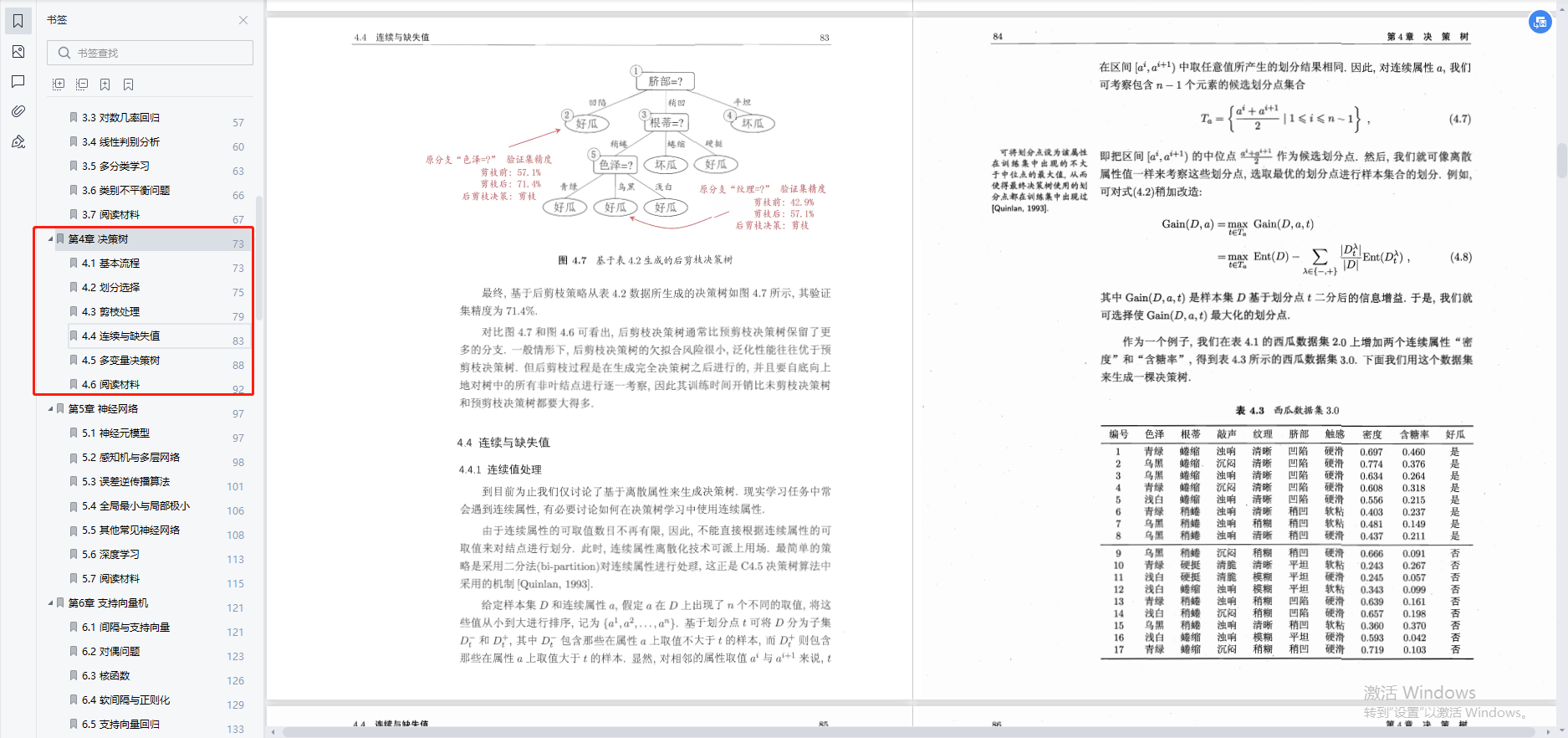
深度学习花书+机器学习西瓜书电子版我找到了
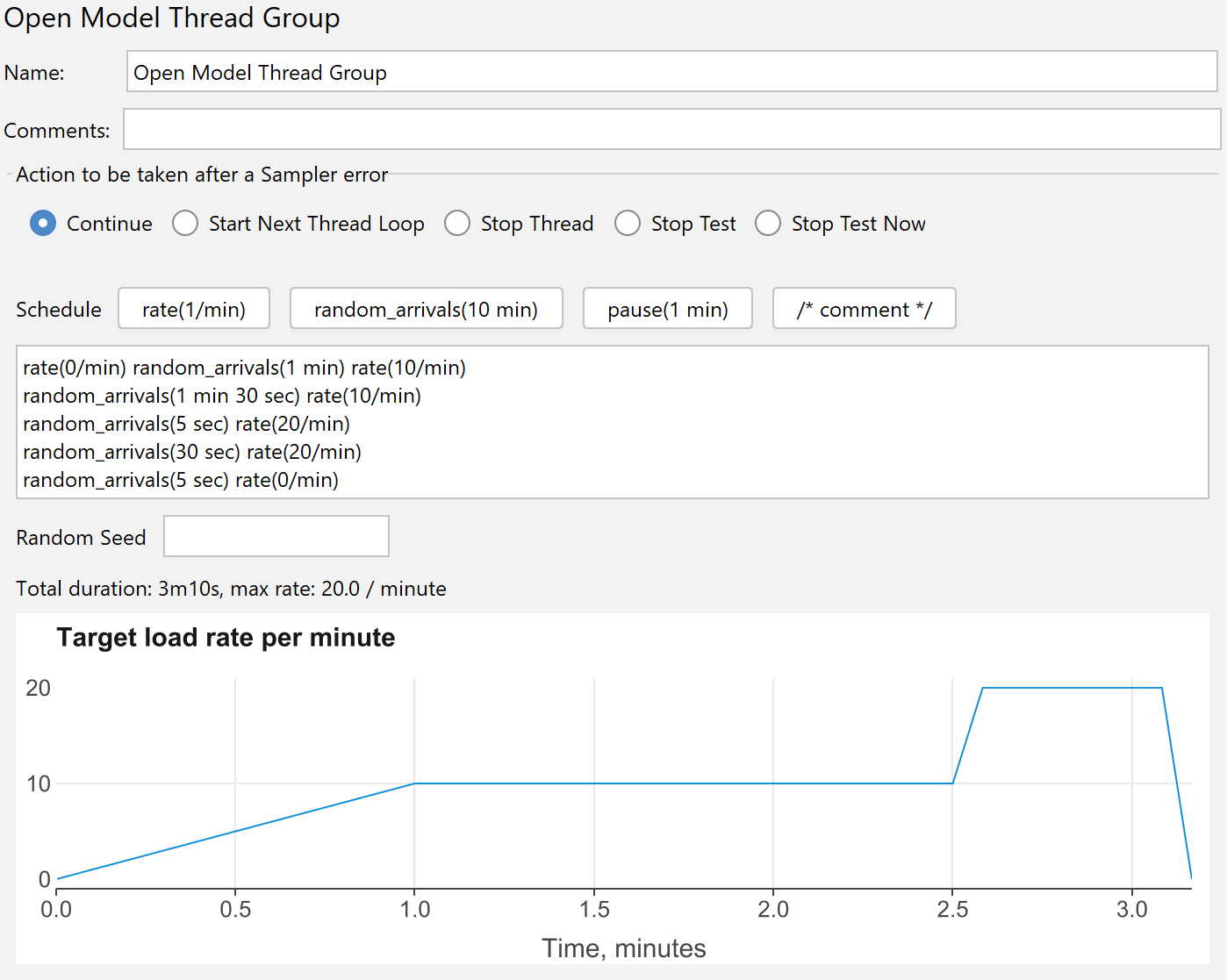
Release notes of JMeter version 5.5
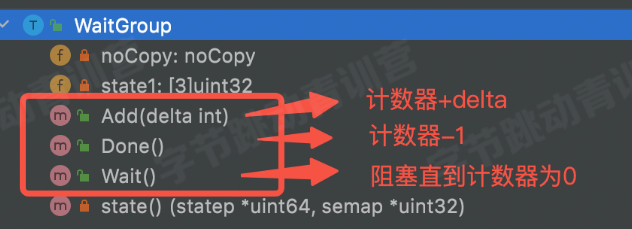
二、并发、测试笔记 青训营笔记

I failed in the postgraduate entrance examination and couldn't get into the big factory. I feel like it's over
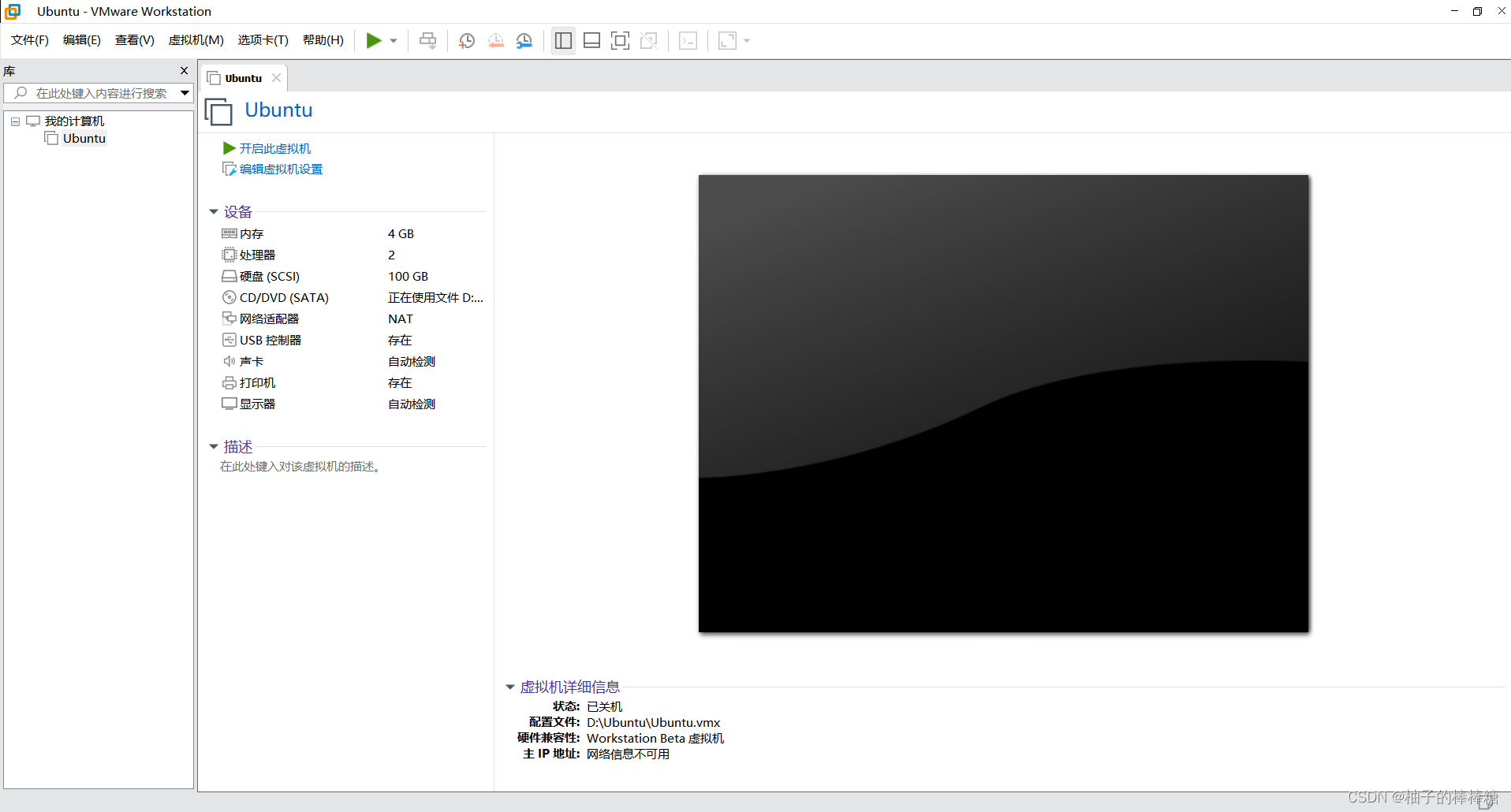
虚拟机的作用
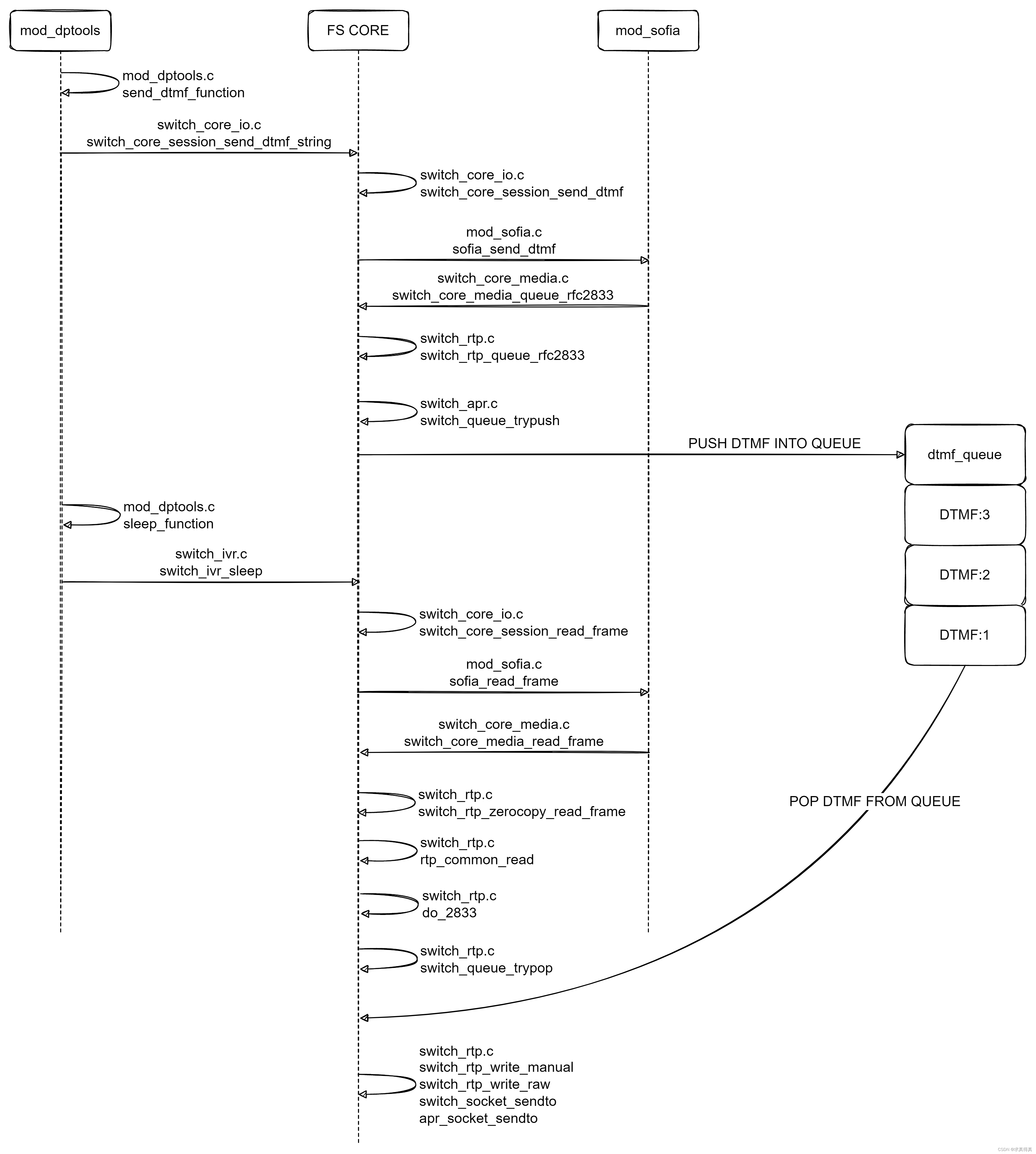
Freeswitch dials extension number source code tracking

Role of virtual machine
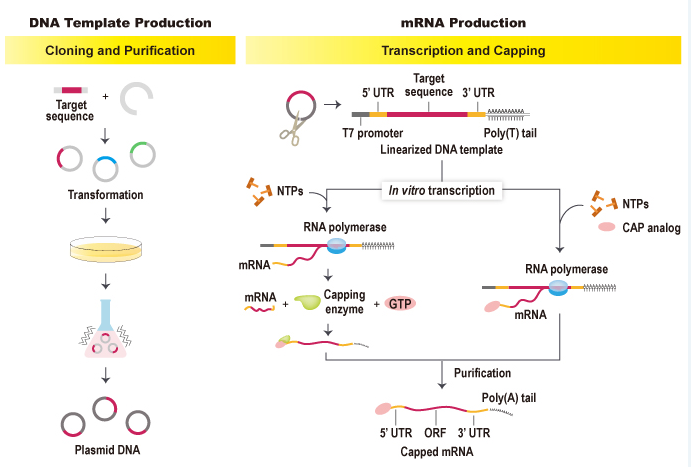
Introduction to abnova's in vitro mRNA transcription workflow and capping method

考研失败,卷不进大厂,感觉没戏了
随机推荐
Talk about seven ways to realize asynchronous programming
Tujia, muniao, meituan... Home stay summer war will start
07_ Handout on the essence and practical skills of text measurement and geometric transformation
詳解機器翻譯任務中的BLEU
js小练习
計算機服務中缺失MySQL服務
Stockage et pratique des données en langage C (haut niveau)
毕设-基于SSM大学生兼职平台系统
Redis data migration
Mutual conversion between InputStream, int, shot, long and byte arrays
Blue Bridge Cup Netizen age (violence)
Pass parent component to child component: props
Differences between H5 architecture and native architecture
Precise space-time travel flow regulation system - ultra-high precision positioning system based on UWB
How do I get the last part of a string- How to get the last part of a string?
JS small exercise ---- time sharing reminder and greeting, form password display hidden effect, text box focus event, closing advertisement
Torefs API and toref API
Procedure in PostgreSQL supports transaction syntax (instance & Analysis)
选择商品属性弹框从底部弹出动画效果
LC interview question 02.07 Linked list intersection & lc142 Circular linked list II